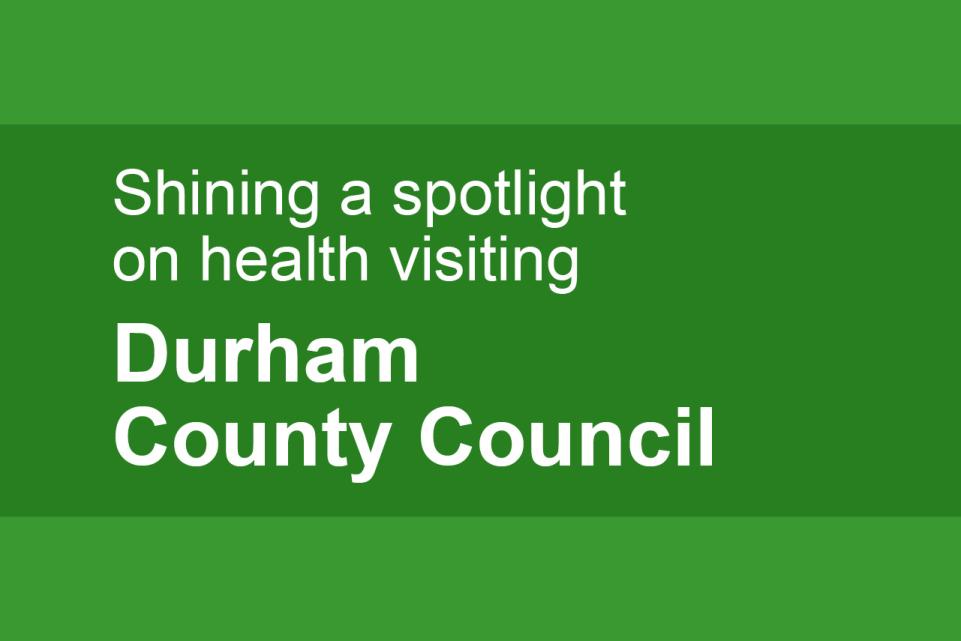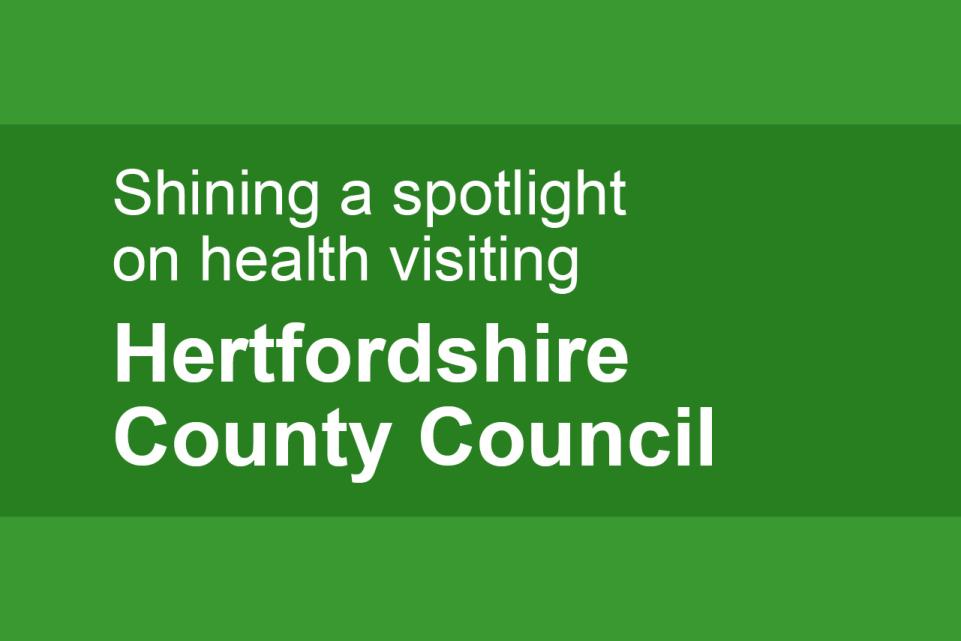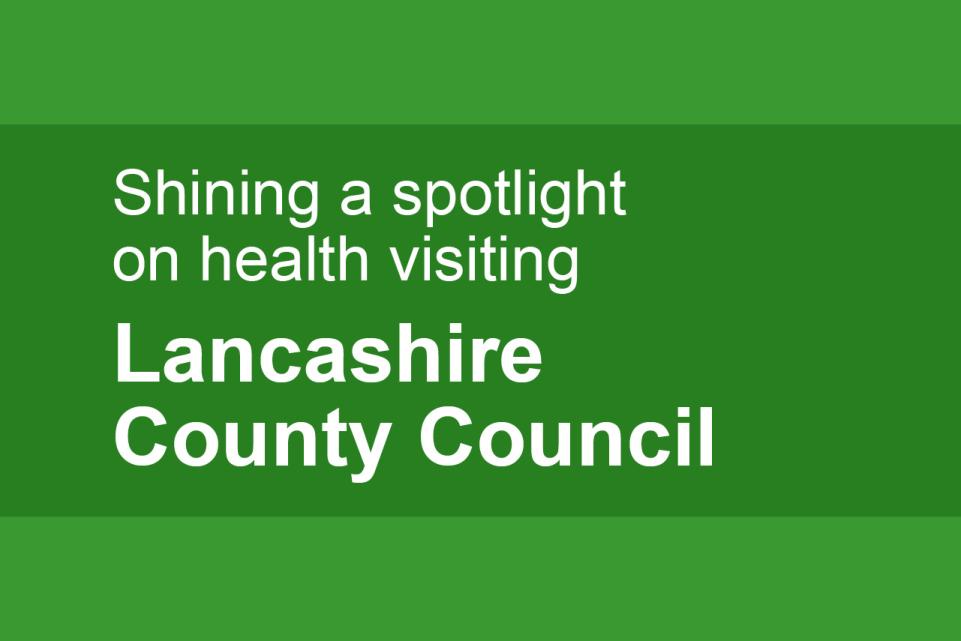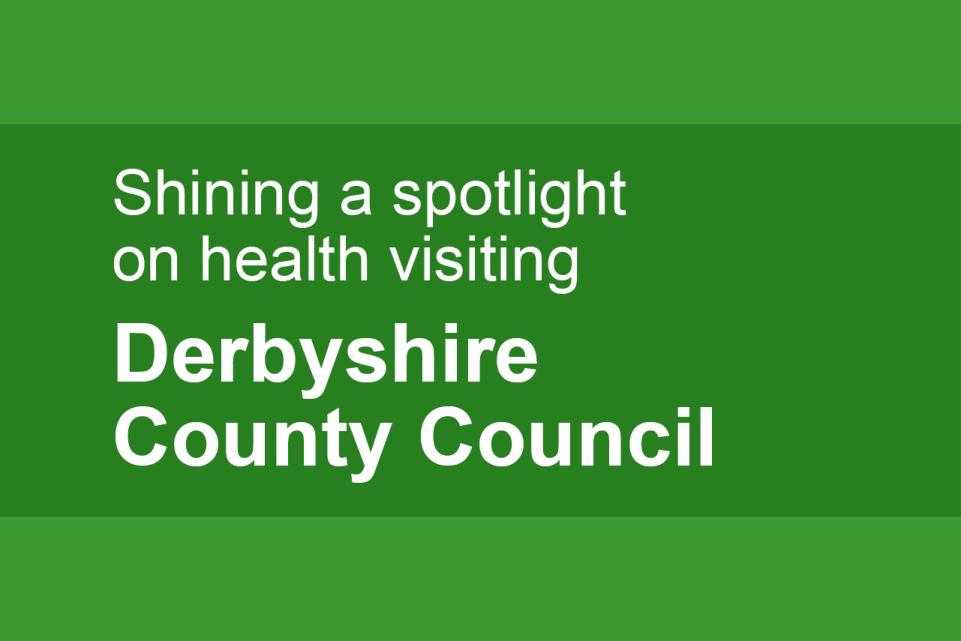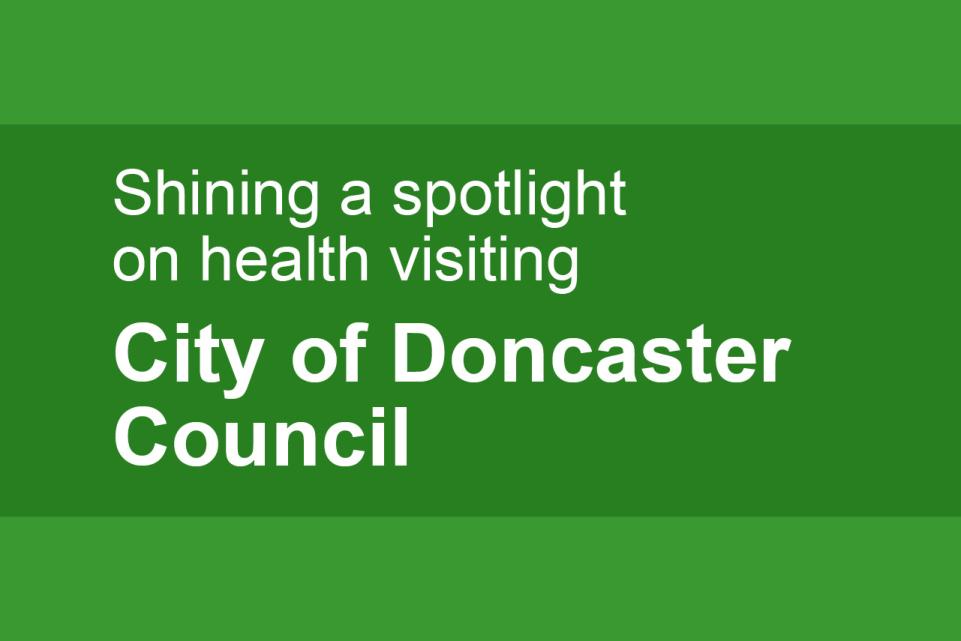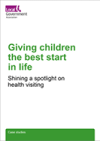
Foreword
The health visiting service plays a crucial role in giving children the best start in life and councils have embraced the opportunity to make a difference in this key development stage.
Health visitors are vital health assets in our communities and schools. They play a key role in identifying needs, promoting and improving health, preventing illness and reducing inequalities – helping our children to thrive. At a time of increasing need and complexity, health visiting teams are needed now more than ever.
The impact of this early support cannot be underestimated. It builds resilience, encourages healthy lifestyles and aids social and emotional development. Health visitors lead on the delivery of the government’s Healthy Child Programme for children aged 0 to five, working alongside other health and social care colleagues, including family nurse partnership teams, nursery nurses and other specialist health professionals.
The support provided includes everything from universal help for all new parents, including ensuring good uptake of immunisations, to identifying those in need of more intensive support.
In the years since health visiting was brought into local government, we have seen councils develop new ways of working, integrating health visiting with other early years services. Many areas have developed specialist posts for vulnerable groups, for example, such as targeted, intensive health visiting support to families accessing drug or alcohol treatment.
These innovations – covered in detail in the case studies later in this report – are having a huge impact on the lives of families and the development of infants.
Health visitors and their multidisciplinary teams also play a fundamental role within children’s centres, Sure Start centres and family hubs. These may look different in different parts of the country.
The development of family hubs in many councils across England also provides an opportunity for an enhanced role for health visitors. The hubs provide a single place to go for face-to-face support and information from a variety of services (such as health visiting, midwifery, infant feeding) with the aim of giving children and families the help and support they need, when they need it. Family hubs are enabling a greater degree of integration of services to maximise the effectiveness and coordination of professionals and voluntary sector providers.
However, major challenges remain.
The pandemic impacted children in several ways, including their social, emotional and behavioural development and mental health, physical development and school readiness, with negative impacts were more likely for disadvantaged children and children with special educational needs. These impacts are still being felt across communities.
Official data shows national rates of child development are now lower among two-year-olds than they were in 2018-19, before the pandemic, with more than 80,000 children born in 2020-21 failing to reach one or more of the key measures of progress for their age group.
What is more, the number of health visitors in post is falling and it is clear councils are struggling to recruit and retain sufficient health visitors.
Alarmingly, between 2015 and 2022, the health visiting workforce decreased by nearly 40 per cent. Contributing factors include cuts to the public health grant, reduced numbers of training places, retirement and staff moving to other roles.
On 30 June, the government published their long-awaited NHS Long Term Workforce Plan, which included detail around increasing the number of education and training places for health visitors by 2030/31. Councils welcome these commitments – but need more details on implementation and funding.
Councils are trying to overcome these challenges by working closely with their partners on new solutions. Some areas have offered nurses guarantees of jobs once they complete their health visitor training, whilst others are actively promoting public health nursing as a profession in schools through giving talks and running campaigns with the aim of building the future workforce.
We continue to repeat our calls to Government to reverse the almost £900 million of public health reductions since 2015. This will allow councils to strengthen and rebuild the health visiting workforce to ensure that all families with babies and young children are provided with the support that they need in line with the national blueprint set out in the Healthy Child Programme.
Investing in services that give children the best start in life reduces demands on GPs, hospitals and social care. It means children start school ready to learn and to achieve, so our schools can be more effective. Investing at the start of life gives our children the best chance of being safe, happy and healthy throughout their lifetime and into old age.
It just goes to show how important health visiting is to the life chances of children – and why councils must do all they can to ensure the very best support is provided.
These case studies are testimony to the commitment and resilience of health visitors and their teams. They illustrate the pivotal role health visitors play in ensuring children and families get the support they need in challenging times.
Councillor David Fothergill, Chairman, LGA Community Wellbeing Board
Councillor Louise Gittins, Chair, LGA Children and Young People Board

